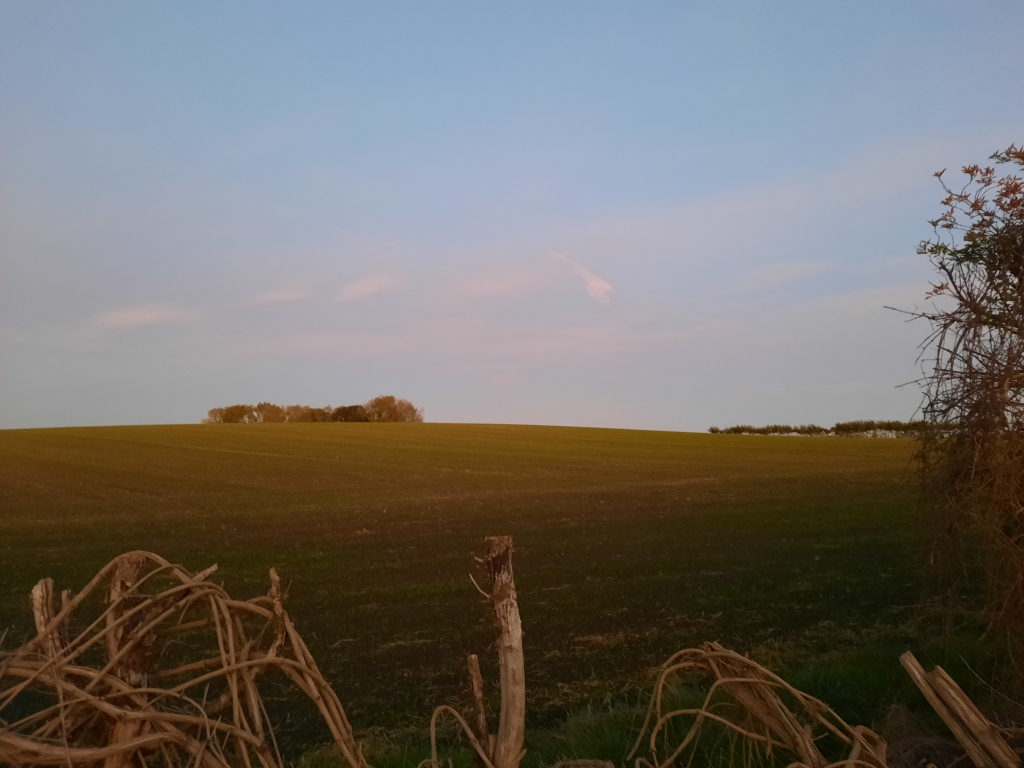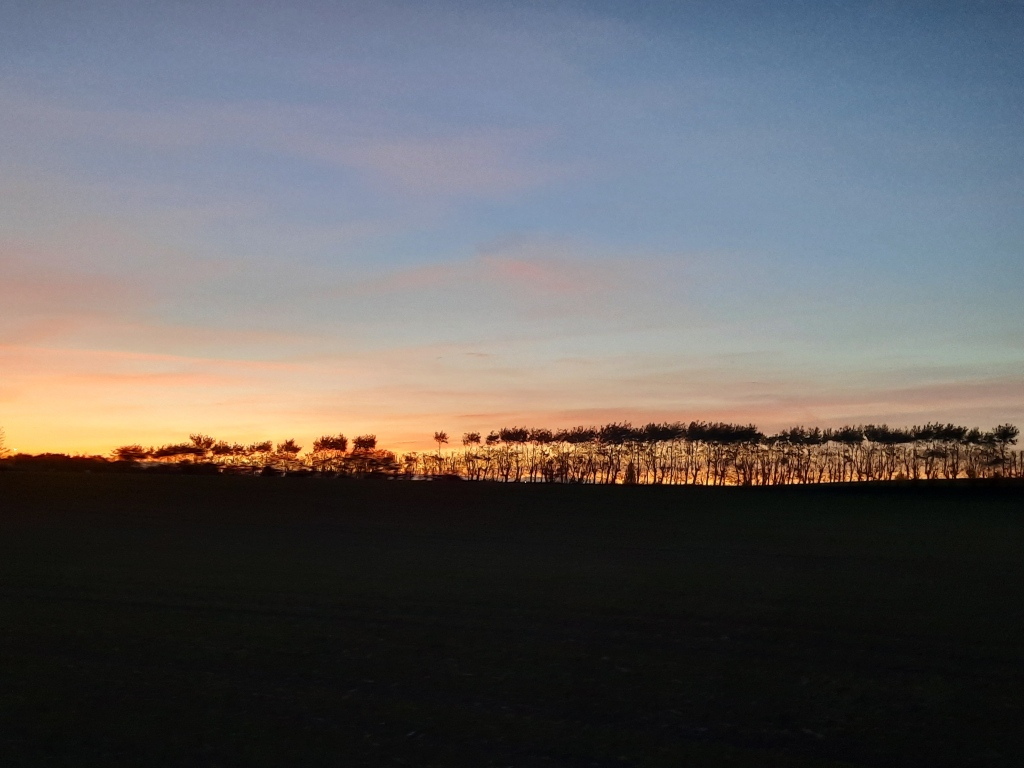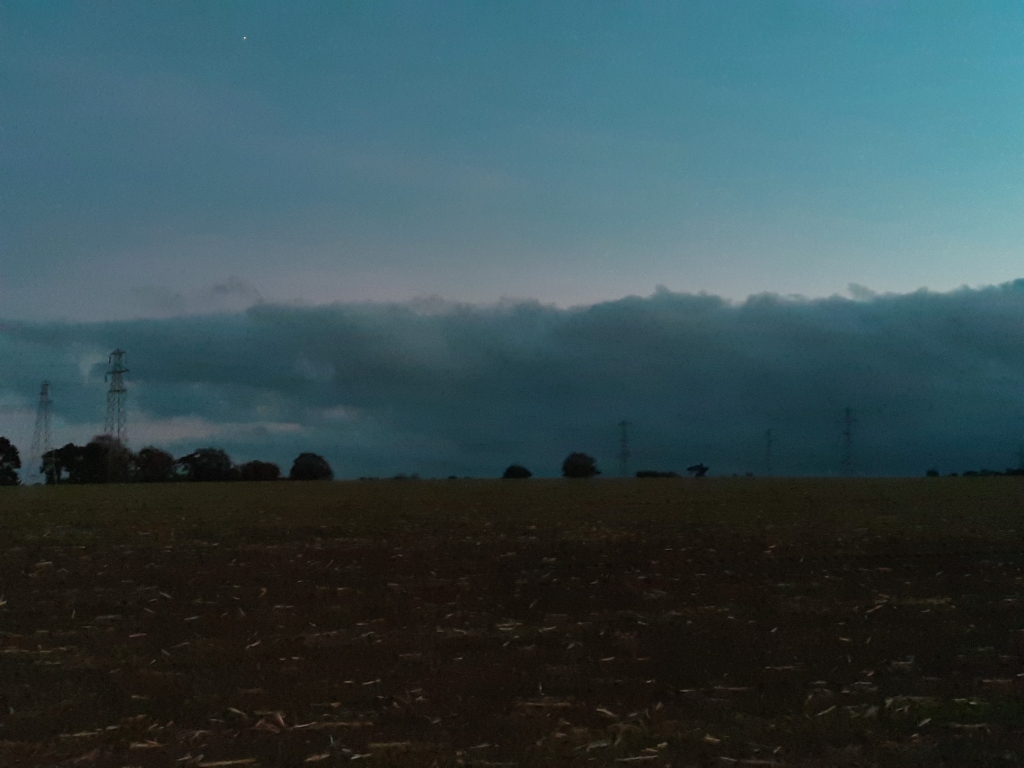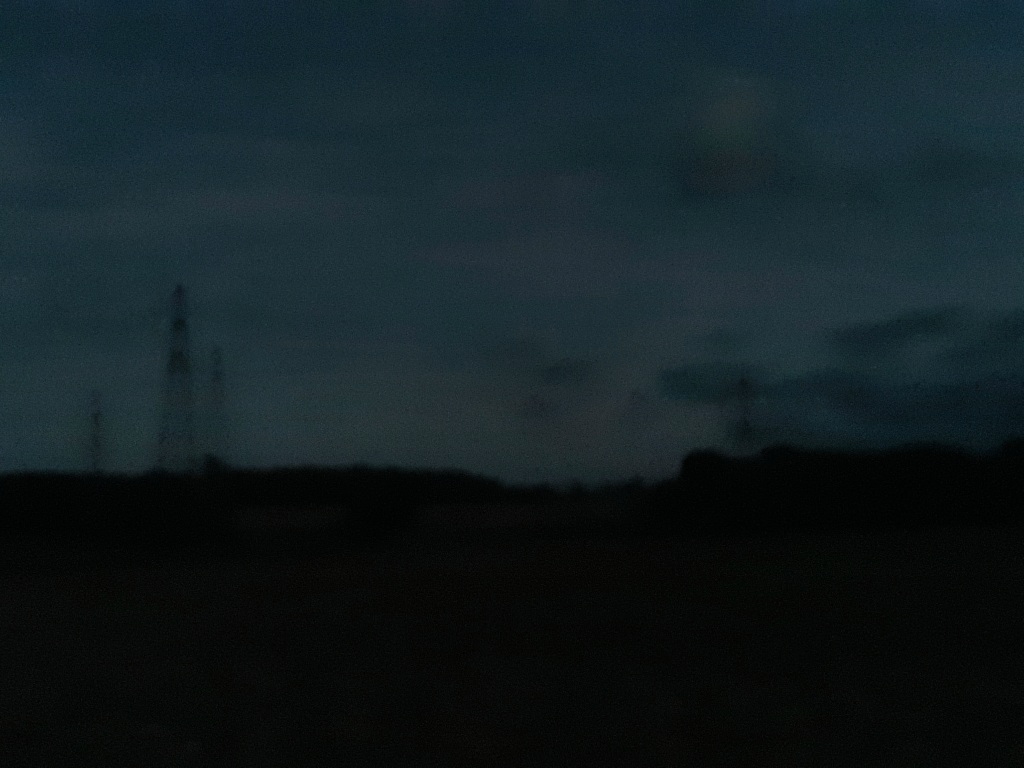There are three kinds of people in the world: those who see the appeal of Dungeness, those who don’t, and those who’ve never been.
“You either love it or you hate it!” chimes the well-known slogan of a popular brand of yeast extract. A very similar slogan would look perfectly at home on a poster advertising Dungeness. I have already written about it once, almost ten years ago to the day in fact, and though this post isn’t intended to be a repeat of that one, it’s relevant to the context.
In summary, there is so much which is undeniably beautiful about the place – the bold light typical of a peninsular, the gently rippling sea surrounding it, the whispering marshland, and knowing that a third of all plant species in the UK are there around you. Yet there are lot of other features overwhelming on the eyes which are not so traditionally beautiful – rusted corrugated iron in every direction, weathered bungalows, angry handwritten scrawls in windows telling people not to look inside, a silence which is as deathly as it is otherwise comforting and – the biggest blot on the horizon of all – the Dungeness Power Station.
To understand the appeal of Dungeness you have to see how this fusion of polar opposites is – in itself – a thing of beauty and awe. But why?
I am currently reading a book over which I am already lamenting the fact that I will one day reach the end of the final chapter. Gareth E Rees’ Unofficial Britain was a recent random purchase which I started reading over a couple of cups of coffee in town one lovely Saturday afternoon. The topics of each chapter – which include pylons, ring roads and roundabouts – may sound somewhat unappealing, but just like the power station’s relationship with Dungeness (which unsurprisingly features within the book) Rees demonstrates how the brightest of colours can sometimes be found behind the most grey of facades. The stories he tells about some of our landscape’s “ugliest” features are all based on fact, and succeed in convincing the reader to view them in a different way. He inspires us to appreciate the fact that a building need not be medieval, timber-beamed or smell of cloves in order to have a history or magical qualities. I won’t say any more than that, but anybody who sits in the “I like Dungeness” camp needs to read this book. You’ll love it.
Since I started reading the book it’s fair to say I’ve been paying a lot more attention to my surroundings, and trying to see “the Dungeness effect” in more places. Near my parents’ home in Canterbury there’s a section of the North Down Ways which is a cluster of rapeseed fields and orchards which during Winter is just one large beigey-brown patchwork quilt. Stitched across it is a row of electricity pylons, which traditionally evoke a sense of danger and caution. Earlier in the week I took a walk around the area to get some steps in and found myself besotted with how it all looked and felt in the late October sunset: the colours, the hums of power lines, the coolness:
Towards the end of my walk, the cloud emerging from the left in photo three had cloaked over the whole sky with a watery navy cloak, and I felt the Dungeness effect wash all over me again, in the same spine-tingling way. The music I was listening to at the time intensified this. It was from a label called Ghost Box Records, which describes itself as “a record label for a group of artists exploring the misremembered musical history of a parallel world.” Think electronic music. Think production music. Think scary ’70s public information films. The music was recommended in my beloved book and was consequently swiftly Spotify-ed up and enjoyed. And it really complements all of this.
I have often asked myself what it is about the likes of Dungeness, or these kind of grey views, or Ghost Box music, that makes them so captivating and unconventionally beautiful, and the only conclusion I can really muster is that it’s something to do with the way in which they somehow serve as dynamite to the imagination. They get right in to your senses and they might frighten you a bit, but they’re also blank canvasses upon which you can let creativity and imagination run wild without the presence of the wider public to distract it with loud conversations which hook you back into a reality which – with its pandemic and rising fuel prices – can ironically sometimes look more grim than any pylon or sheet of corroded iron. It’s no surprise that numerous artists descend upon – and rave about – Dungeness, the most famous example being the late film director Derek Jarman, who even owned a cottage on the peninsular which can still be visited today.
Sometimes it’s not so much about what you see right in front of you but their invisible companions. The stories. The memories. The feelings. The character. The inspiration those things provide.
That’s the beauty: tudor beams, immaculate topiary, or not.
If this post resonates with you – buy that book! And if it doesn’t, if you’re really not sure what any of this is about, let me know and we’ll arrange a trip to New Romney to look at a bunch of nothing. I assure you, it’ll be mesmerising.
Song of the Day: Belbury Poly – Farmer’s Angle
A fine example of Ghost Box music 🙂





